Introducing Manufacton

The Architecture/Engineering/Construction (AEC) industry has been going through a major transformation worldwide over the past decade with the adoption of Building Information Modeling (BIM). Construction companies have been leveraging BIM for winning work, planning the project, coordinating with specialty trade contractors, and ensuring construction teams on the jobsite have a shared understanding of the work to be done. BIM provides a 3D model representation of a project with the associated data to support current construction methods. Through the adoption of BIM, construction companies have seen improved profitability, quicker project timelines, and increased trust with owners and architects due to greater visibility into the construction process. Construction companies are now changing how they build. They are moving away from building everything on the jobsite, which is inefficient and risky with workers perched well above ground level using traditional construction methods and being impacted by changing weather conditions. According to the McGraw Hill Construction survey in 2011, 84% of commercial contractors “prefab” (build and assemble) components in a factory and deliver to jobsite. Benefits are significant in terms of time and cost savings, as well as improved quality and job safety. Subcontractors have taken the lead with prefabrication in the areas of structural steel, precast concrete, curtain walls, hospital headwalls, mechanical piping and ductwork, electrical conduits and fire protection. Prefab isn’t being leveraged fully due to lack of appropriate design. Also, prefab presents new risks. With more of the project being “built” offsite, contractors lack visibility and control, especially when changes are required.
Manufacton® is being developed to tackle these issues around prefabrication.
Resources


-min.png)


-min.png)


-min.png)
-min.png)

